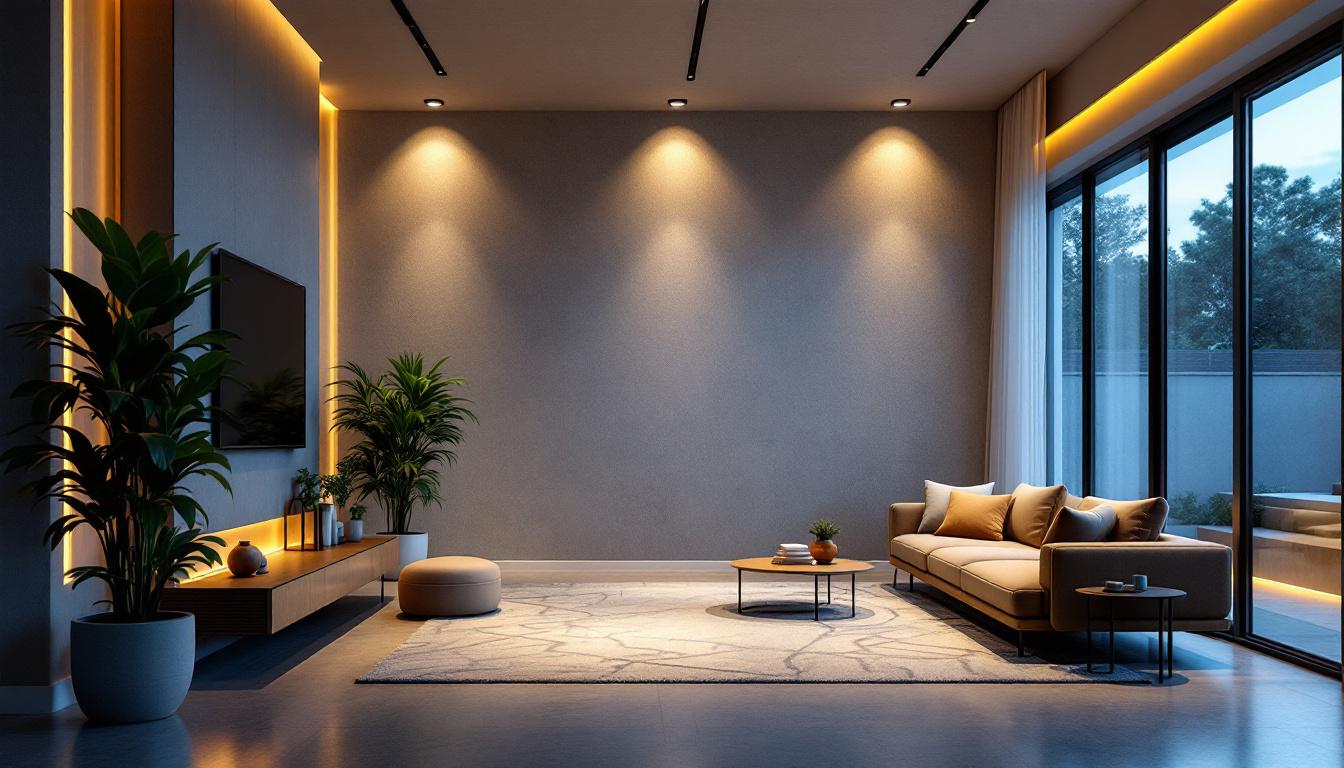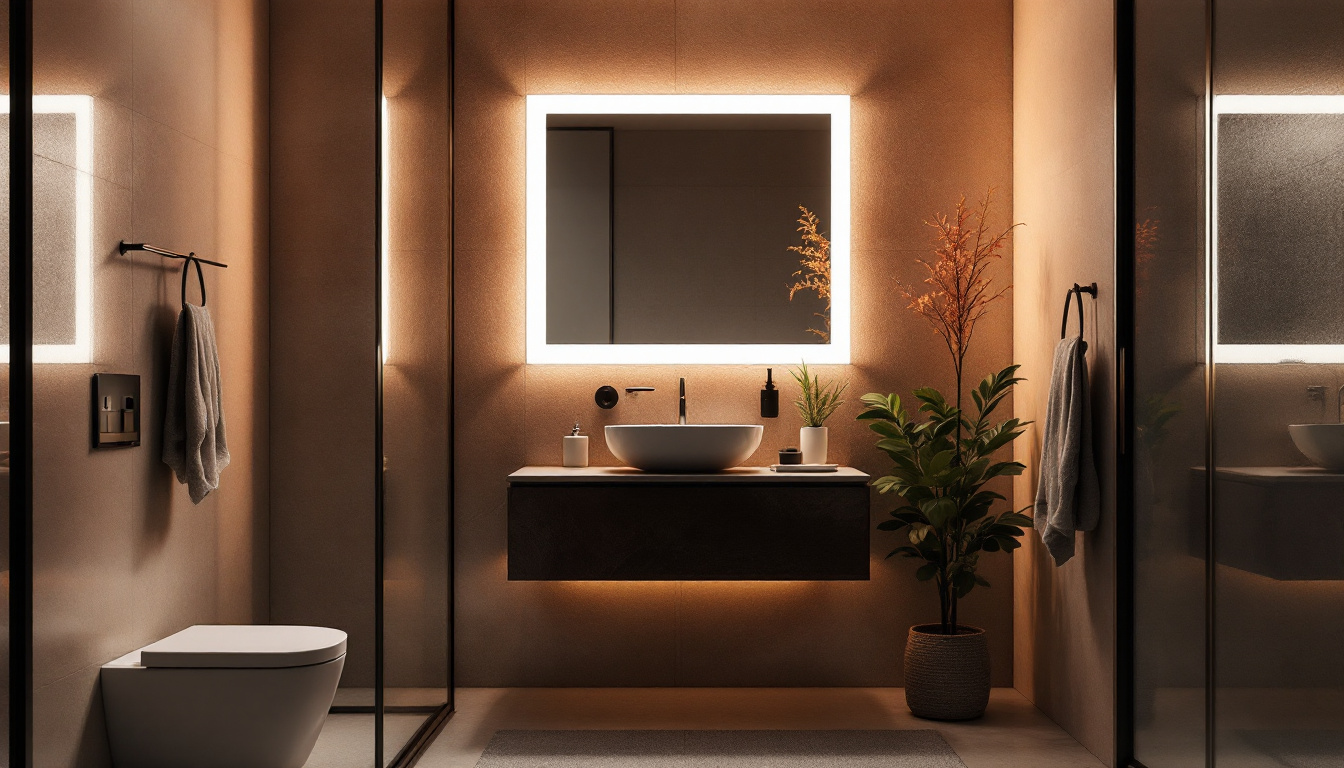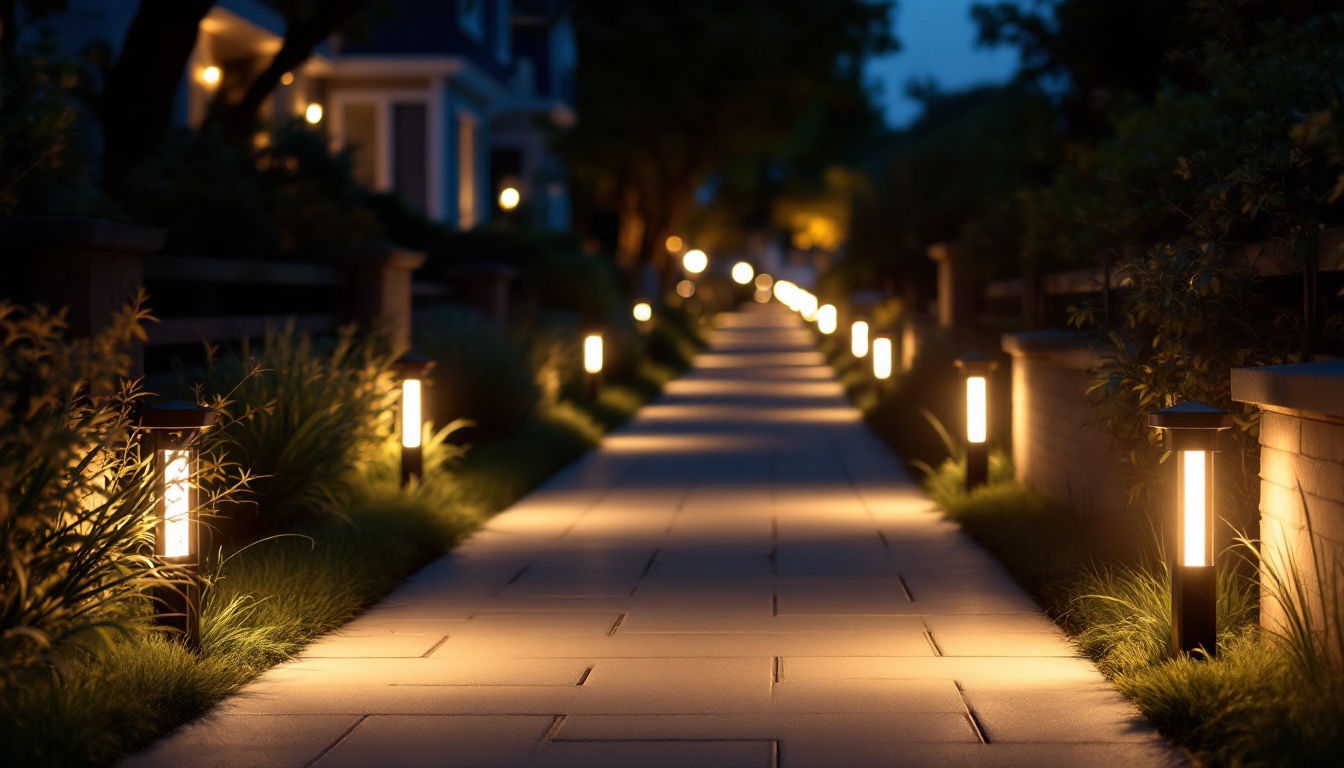
As outdoor spaces become increasingly integral to residential and commercial designs, the demand for effective lighting solutions has surged. Among these solutions, external recessed lights stand out as a versatile and aesthetically pleasing option. For lighting contractors, understanding the nuances of installing and utilizing these fixtures can significantly enhance project outcomes. This article delves into the various approaches that smart lighting contractors take when working with external recessed lights, exploring installation techniques, design considerations, and maintenance practices.
External recessed lights, also known as downlights or can lights, are fixtures installed into ceilings or walls, providing a clean and unobtrusive lighting solution. They are particularly popular in outdoor settings, where they can illuminate pathways, patios, and landscaping without compromising the overall aesthetic of the environment. Their flush design allows them to blend seamlessly with the architecture, making them an appealing choice for modern designs. These fixtures can be used in various applications, from residential homes to commercial spaces, offering versatility in design and functionality.
One of the primary advantages of external recessed lights is their ability to provide focused illumination while minimizing glare. This is particularly beneficial in outdoor settings where bright, harsh lighting can detract from the natural beauty of the landscape. Additionally, these fixtures can be strategically placed to highlight architectural features, plants, or outdoor seating areas, enhancing the overall ambiance. For instance, installing recessed lights along a pathway not only ensures safety during nighttime but also creates a welcoming atmosphere for guests.
Moreover, external recessed lights are available in various styles and finishes, allowing contractors to select options that complement the specific design of a project. From sleek and modern to more traditional appearances, the versatility of these fixtures means they can be adapted to suit a wide range of tastes and preferences. Some models even offer adjustable beams, allowing users to customize the direction and intensity of the light, making them ideal for dynamic outdoor spaces that may require different lighting needs throughout the day.
Modern external recessed lights often utilize LED technology, which offers significant energy savings compared to traditional incandescent or halogen bulbs. This not only reduces the overall energy consumption of a property but also lowers maintenance costs due to the longer lifespan of LED bulbs. For contractors, recommending energy-efficient lighting solutions can be a selling point, as clients increasingly prioritize sustainability in their projects. Additionally, many LED fixtures come with smart technology options, enabling users to control lighting remotely or set schedules, further enhancing energy efficiency.
Furthermore, the longevity of LED fixtures means that contractors can provide their clients with a reliable lighting solution that requires less frequent replacements, ultimately enhancing customer satisfaction and trust. The durability of these lights also makes them suitable for various weather conditions, ensuring consistent performance regardless of rain, snow, or extreme temperatures. This resilience not only adds value to the property but also makes external recessed lights a practical choice for homeowners and businesses looking to invest in long-lasting, effective lighting solutions.
Proper installation is crucial for the performance and safety of external recessed lights. Lighting contractors must consider several factors, including the type of fixture, the mounting surface, and the electrical requirements. Here are some essential techniques and considerations for successful installation.
The first step in the installation process is selecting the appropriate location for the recessed lights. Contractors should consider the intended purpose of the lighting, such as highlighting a pathway or creating ambiance in an outdoor seating area. It’s essential to ensure that the fixtures are installed at the correct height and angle to achieve the desired effect.
Additionally, contractors must account for any potential obstructions, such as beams or ductwork, that may interfere with the installation. Conducting a thorough site assessment before installation can help identify these challenges and streamline the process. Factors such as the surrounding landscape, existing structures, and even the natural light patterns throughout the day should also be taken into account to maximize the effectiveness of the lighting design. For instance, placing recessed lights near trees or shrubs can create beautiful shadows and enhance the overall aesthetic of the outdoor space.
When installing external recessed lights, it is vital to adhere to local electrical codes and regulations. This includes ensuring that all wiring is rated for outdoor use and is properly protected from moisture and other environmental factors. Contractors should also consider the power requirements of the fixtures and ensure that the existing electrical system can accommodate them.
Using weatherproof junction boxes and connectors is essential for outdoor installations to prevent water ingress and potential electrical hazards. Proper grounding and circuit protection should also be implemented to ensure safety and reliability. Furthermore, it may be beneficial to install dimmer switches or smart lighting controls that allow homeowners to adjust the brightness and mood of their outdoor spaces according to their preferences. This not only enhances the functionality of the lighting but also contributes to energy efficiency, making it a win-win for both aesthetics and sustainability.
Given that external recessed lights are exposed to the elements, sealing and weatherproofing are critical components of installation. Contractors should use appropriate caulking and sealants to protect against moisture and pests. Additionally, choosing fixtures with weather-resistant ratings can further enhance durability and performance.
It is also advisable to regularly check the seals and gaskets during maintenance to ensure they remain intact, as this can prevent costly repairs down the line. Beyond just sealing, the choice of materials plays a significant role in the longevity of the fixtures. For instance, opting for corrosion-resistant metals or UV-stabilized plastics can help withstand harsh weather conditions, ensuring that the lights maintain their appearance and functionality over time. Moreover, incorporating features such as adjustable trim rings can allow for flexibility in design, enabling homeowners to update their outdoor lighting aesthetics without the need for complete replacements.
Design plays a pivotal role in the effectiveness of external recessed lights. Contractors must consider how these fixtures will interact with the surrounding environment and contribute to the overall aesthetic of the space. Here are some design principles to keep in mind.
Effective outdoor lighting often involves creating layers of illumination to enhance depth and dimension. Contractors can achieve this by combining external recessed lights with other lighting types, such as wall sconces, path lights, and landscape lighting. This layered approach not only improves functionality but also adds visual interest to outdoor spaces.
For instance, recessed lights can be used to wash walls or highlight trees, while path lights can guide guests along walkways. By thoughtfully integrating various lighting sources, contractors can create a cohesive and inviting outdoor environment.
The color temperature and brightness of external recessed lights can significantly impact the mood and atmosphere of outdoor spaces. Warmer color temperatures (around 2700K to 3000K) tend to create a cozy and inviting ambiance, making them ideal for patios and entertaining areas. Conversely, cooler temperatures (above 4000K) may be more suitable for task-oriented areas, such as driveways or pathways.
Contractors should also consider the brightness levels of the fixtures, ensuring that they provide adequate illumination without being overpowering. Dimming options can offer additional flexibility, allowing clients to adjust the lighting according to their needs and preferences.
External recessed lights should complement the architectural style of the property. Contractors should take into account the materials, colors, and overall design of the building when selecting fixtures. For modern homes, sleek and minimalistic designs may be appropriate, while more traditional properties may benefit from fixtures that reflect classic aesthetics.
Additionally, the placement of recessed lights should enhance architectural features rather than distract from them. For example, strategically positioning lights to accentuate columns or overhangs can create a dramatic effect that highlights the property’s unique characteristics.
Regular maintenance is essential to ensure the longevity and performance of external recessed lights. Lighting contractors should educate clients on proper care and troubleshooting techniques to keep their outdoor lighting systems in optimal condition.
Outdoor fixtures are susceptible to dirt, debris, and weather-related wear. Regular cleaning is necessary to maintain brightness and clarity. Contractors can recommend specific cleaning methods and products that are safe for the fixtures and their finishes.
During maintenance visits, contractors should also inspect the fixtures for any signs of damage or wear. This includes checking the seals, gaskets, and electrical connections. Identifying and addressing issues early can prevent more significant problems in the future.
Despite careful installation and maintenance, issues may still arise with external recessed lights. Common problems include flickering lights, inconsistent brightness, or complete fixture failure. Contractors should be equipped to troubleshoot these issues effectively.
For flickering lights, checking the connections and ensuring that the bulbs are properly seated can often resolve the problem. In cases of inconsistent brightness, it may be necessary to assess the electrical supply and ensure that the fixtures are not overloaded. If a fixture fails entirely, replacing the bulb or the entire unit may be necessary, depending on the extent of the damage.
As outdoor living spaces continue to evolve, the role of external recessed lights will likely expand. Lighting contractors who stay informed about the latest trends, technologies, and best practices will be well-positioned to meet the growing demands of their clients. By mastering the installation techniques, design considerations, and maintenance practices associated with these fixtures, contractors can enhance their service offerings and contribute to the creation of beautiful, functional outdoor environments.
In a world increasingly focused on sustainability and energy efficiency, external recessed lights represent a smart choice for contractors and clients alike. By embracing innovative approaches and prioritizing quality, lighting professionals can illuminate outdoor spaces in ways that are both practical and aesthetically pleasing.
Ready to elevate your outdoor lighting projects with the finest external recessed lights? At LumenWholesale, we provide lighting contractors with the ultimate selection of high-quality, specification-grade lighting products at prices that can’t be beaten. Say goodbye to local distributor markups and hello to our direct-to-contractor wholesale advantage. Our commitment to quality, affordability, and convenience ensures that you receive exceptional lighting solutions for every outdoor space. Take the first step towards a brighter future and explore our wholesale lighting options at the best value today.

Discover essential insights for lighting contractors on choosing and installing LED outside shop lights.

Discover the transformative potential of mirror LED lights in this comprehensive guide tailored for lighting contractors.

Discover how DLC lighting can revolutionize your lighting projects by boosting efficiency and performance.

Discover the essential resources lighting contractors rely on to master the art of sidewalk illumination.